Royal Oak’s speakers are engaging, knowledgeable experts with a passion for a variety of topics related to The Royal Oak Foundation’s mission.
Carl Raymond
Food Historian, Writer & Lecturer
Sonia Purnell
Best-Selling Author
Judith B. Tankard
Garden Historian & Author
Adrian Tinniswood, OBE
British Historian & Author
Tessa Boase
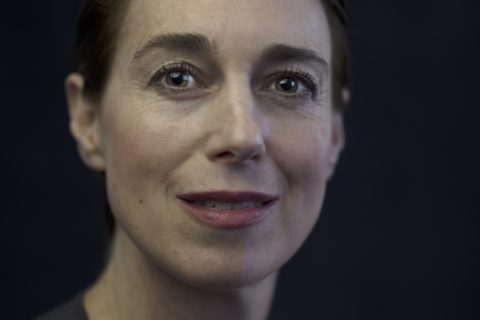
Journalist & Author
Topic:
‘Murderous Millinery’: Fashion and the Fight for Suffrage
Historian and author Tessa Boase read English at Oxford, and has worked as a commissioning editor at The Daily Telegraph and Daily Mail. As a freelance journalist she has contributed to a wide variety of publications. Her first book, The Housekeeper’s Tale, which featured many National Trust properties, was published by Aurum in 2014. She is married with children and lives on the Sussex coast. Her latest book is Mrs. Pankhurst’s Purple Feather: Fashion, Fury, and Feminism—Women’s Fight for Change (Aurum, 2018).
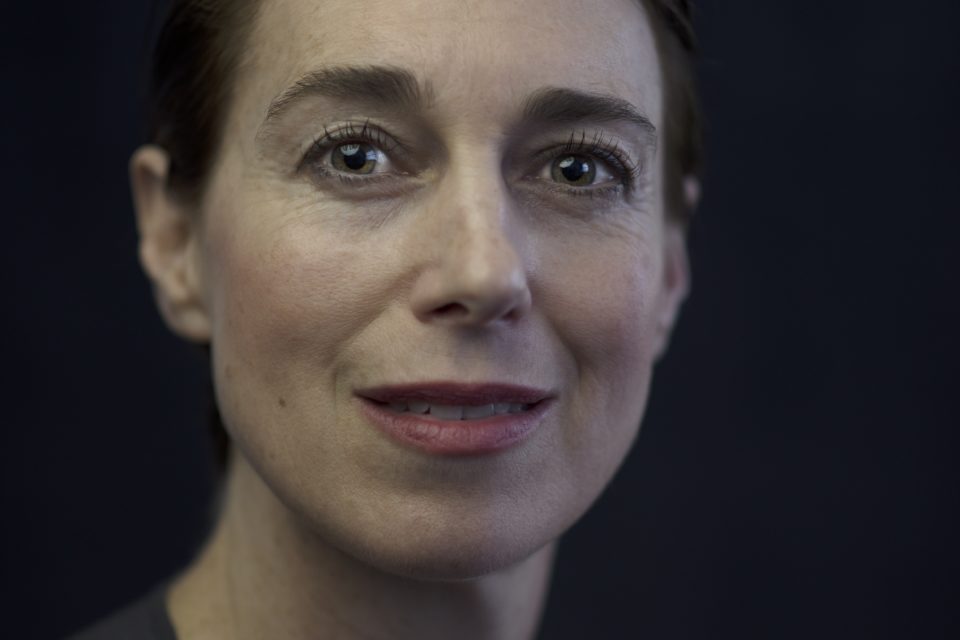
‘Murderous Millinery’
Fashion and the Fight for Suffrage
A decade before the suffragette movement began dominating headlines, a very different women’s campaign captured the public imagination in both England and America. Its aim was simple—to stamp out the cruel fashion for feathers in hats. For half a century, from the 1870s to 1920s, wild bird species were slaughtered around the world for the millinery trade in one of the most lucrative commodity markets on earth. The feather fight—fought on both sides of the Atlantic—was bitter, vicious and unsisterly.
On the side of God’s creatures was the Royal Society for the Protection of Birds (chartered in 1904), led by the vehement anti-suffragette Etta Lemon. In the opposite camp, fighting for women’s rights, Emmeline Pankhurst urged her followers to use fashionable plumage to further their cause. Wearers of the ‘bird hat’—all too often Suffragettes—were attacked by the bird protection lobby as narcissists and slaughterers. Edwardian fashion victims hit back, calling their female attackers ‘plumage cranks’ and ‘frothy fanatics.’ Behind this feather fight was a trade worth around £204 million, entirely supported by exploited female labor—milliners, feather washers, child willowers of ostrich plumes.
Historian and author Tessa Boase will weave together the inspiring stories of two difficult, passionate Edwardian women, with opposite aims and convictions, both determined to start a revolution. She will expose the workings of the predatory plumage trade and the devastation it wrought upon migratory birds around the world. And she will shine a light on the fascinating back story of Mrs. Pankhurst’s elegant purple hat feathers, linking such murderous millinery to the subsequent passage of the 1918 Migratory Bird Act Treaty in America—legislation that put a swift end to the hunting of birds for the feather trade.
Make reservations for:
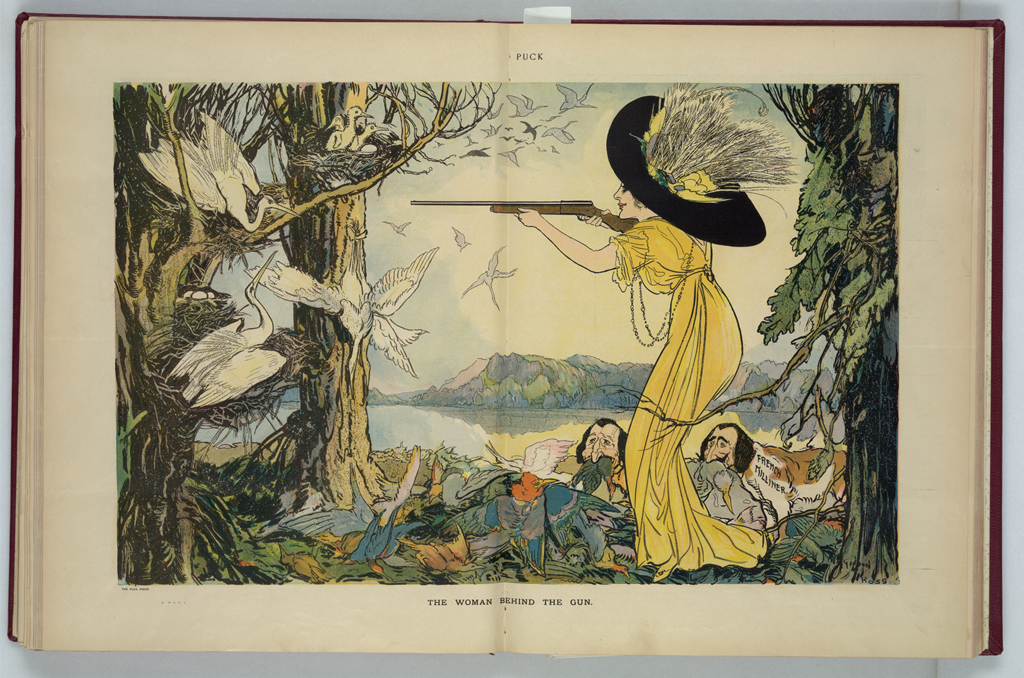
The Woman Behind the Gun, by Gordon Ross, 1911
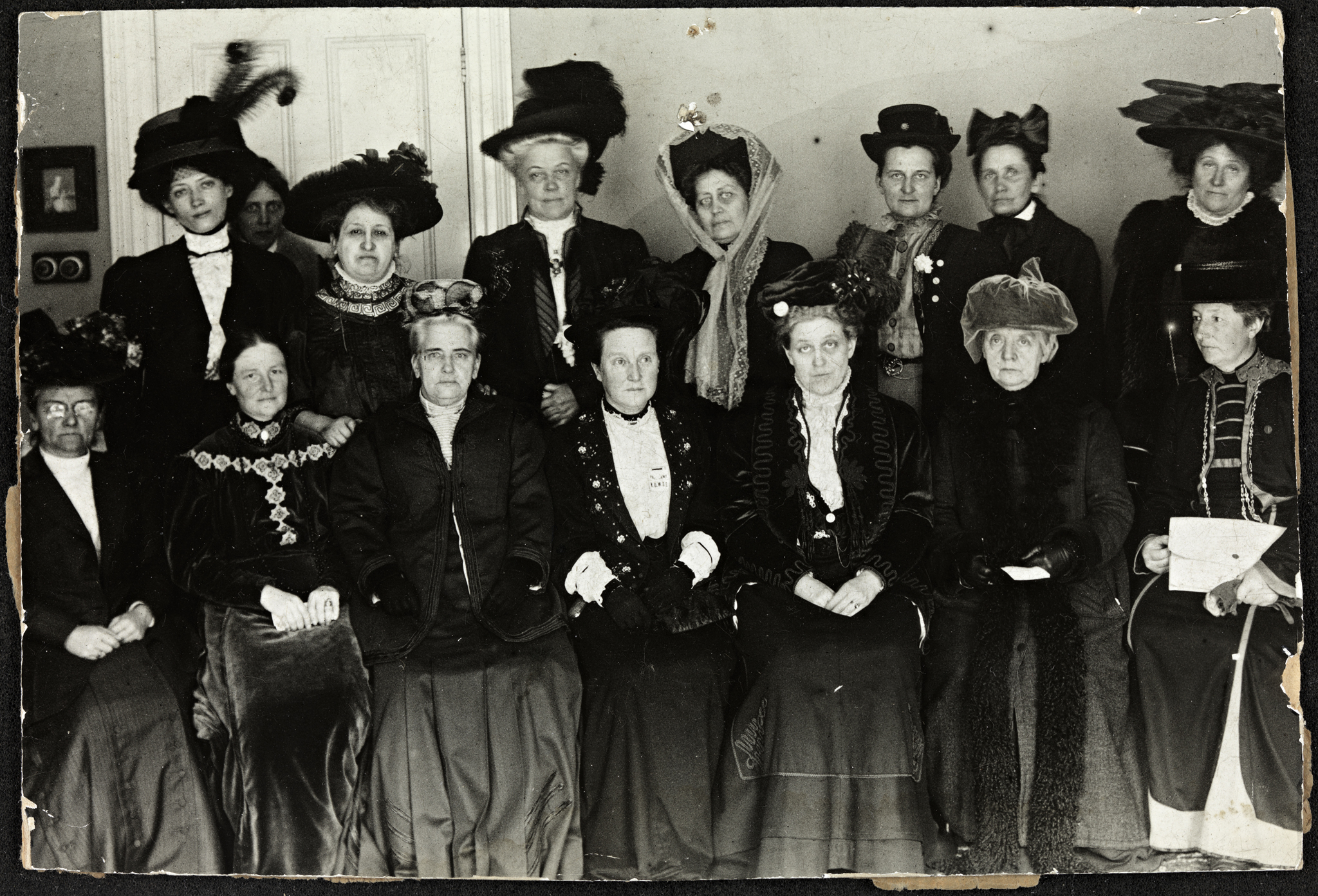
Suffrage Alliance Congress, London, 1909
Prof. Sir David Cannadine
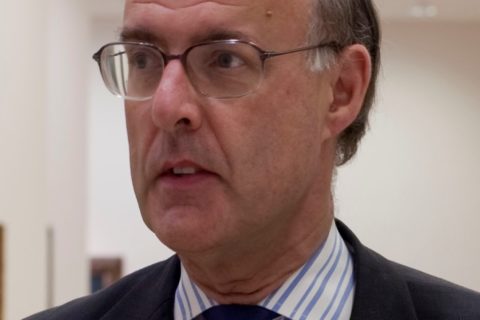
Dodge Professor of History, Princeton University
Topic:
Churchill: The Statesman as Artist
Sir David Cannadine is a British author and historian specializing in the period 1800 to the present. He has held positions at Cambridge, Columbia and London Universities and is currently the Dodge Professor of History at Princeton University, a Visiting Professor of History at Oxford University, the editor of the Oxford Dictionary of National Biography, and President of the British Academy, the UK’s national academy for the humanities and social sciences. He has been Chairman of the Trustees of the National Portrait Gallery in London and Deputy Chairman of Historic Royal Palaces, and also sits on the board of The Royal Oak Foundation. He is the author of eighteen books, and the editor or co-editor of many more.
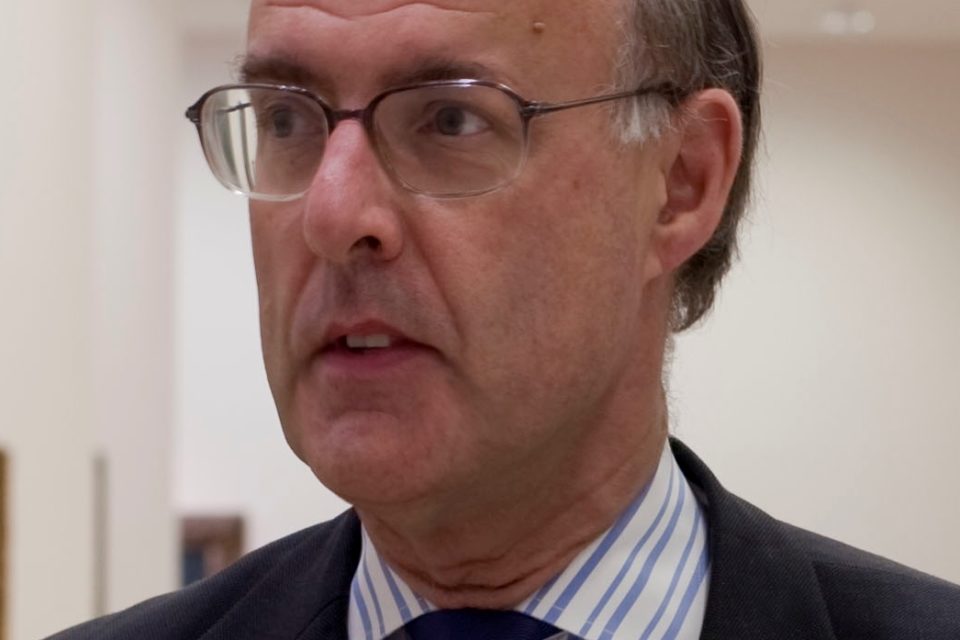
Carol Ann Lloyd
Noted Speaker
Topic:
Ciphers, Secrets, and Spies in the Elizabethan Age
Carol Ann Lloyd is a popular speaker who shares the stories of Shakespeare and English history. She is the former Manager of Visitor Education at Folger Shakespeare Library, where she gave workshops and tours about Shakespeare and Early Modern England. Carol Ann has presented programs at the Smithsonian, Folger Shakespeare Library, Agecroft Hall, and TEDx, among other venues. Ms. Lloyd is a member of the National Speakers Association.
Ciphers, Secrets, and Spies in the Elizabethan Age
The Elizabethan era (1558-1603) is often depicted as the “Golden Age” in England’s history—an era of great exploration and military victories in which Queen Elizabeth I is represented in sumptuous clothing and jewels. But the reality, which included religious conflicts that tore families apart; political challenges to Elizabeth’s authority; high levels of poverty and crime; and vulnerability to foreign invasion, was far grimmer.
The Queen was considered a Protestant heretic by the rulers of Europe and numerous plots were hatched to dethrone her and replace her with Catholic Mary Queen of Scots. Elizabeth’s closest courtiers tried to protect her. William Cecil (later Lord Burghley) was the first to oversee the gathering of intelligence and was aided by Francis Walsingham, another of Elizabeth’s most loyal ministers known as the “Spymaster.” Walsingham’s network of clandestine agents moved throughout England and Europe using their contacts and skills in navigating court politics to safeguard their Queen.
They unearthed a series of threats, including one led by an invasion of priests who had been trained abroad and were sent to prepare England for a Catholic rebellion. The priests scattered throughout the country and were hidden in “priest-holes” by Catholic families in places such as Baddesley Clinton and Coughton Court in Warwickshire. Other houses involved in this period of intrigue include Oxburgh Hall in Norfolk, and Scotney Castle in Kent—all National Trust houses.
Carol Ann Lloyd will describe this tumultuous time with its secret plots, intercepted and decoded messages, and assassination attempts. She will explore dark corners of Elizabethan English history and reveal how the ability to control information became the most potent tool of the realm.
Make reservations for:
- Philadelphia, PA at The Union League of Philadelphia | Tuesday, March 12 | 6:30 p.m.
- New York, NY at The General Society Library | Wednesday, March 13 | 6:15 p.m.
- Los Angeles, CA at The Beverly Hills Women’s Club | Monday, March 18 | 12:45 p.m.
- San Francisco, CA at The Marine’s Memorial Club & Hotel | Wednesday, March 20 | 7:00 p.m.
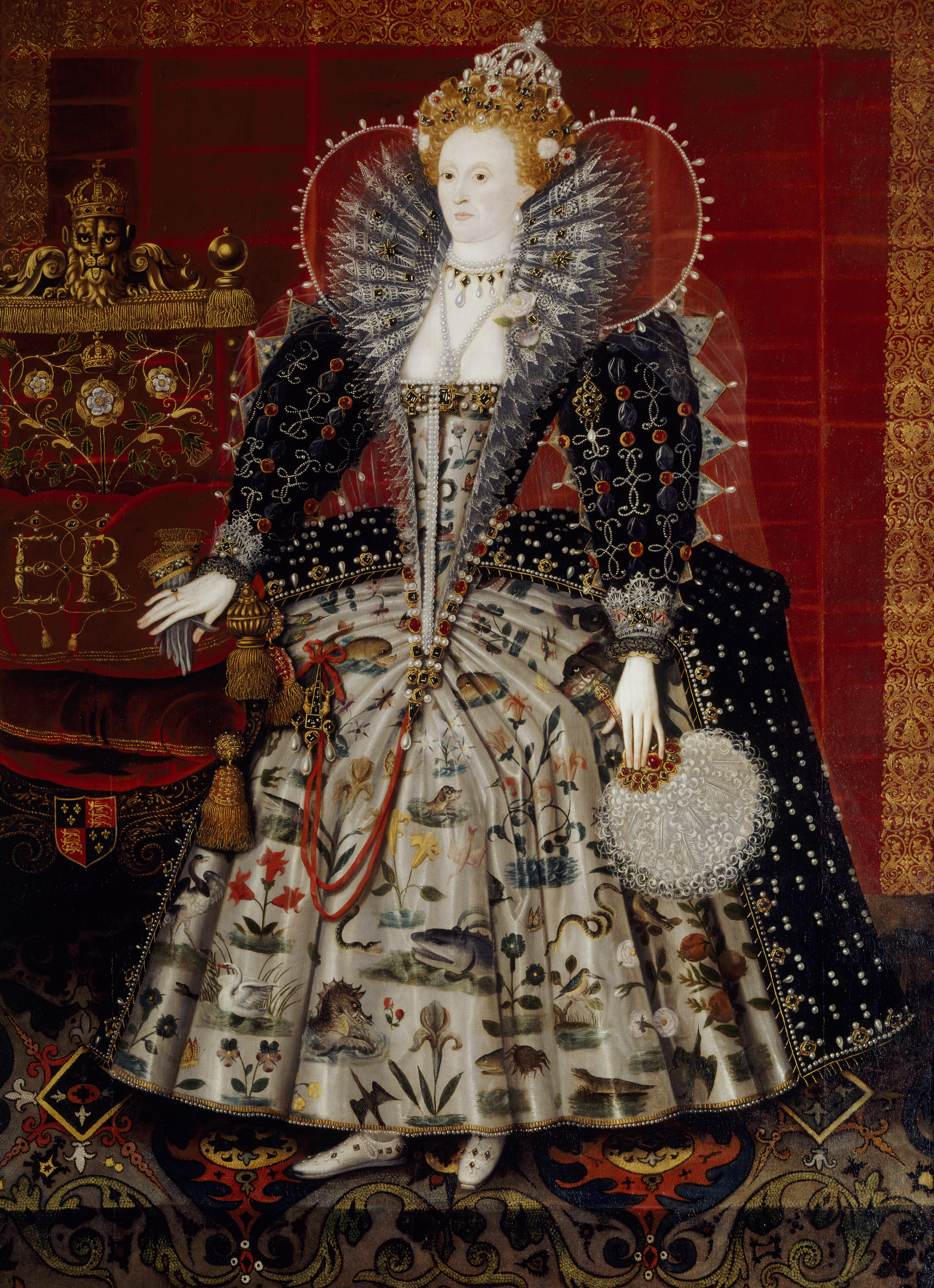
Queen Elizabeth I, Studio of Nicholas Hilliard at Hardwick Hall, Derbyshire. ©National Trust Images John Hammond
David Lough
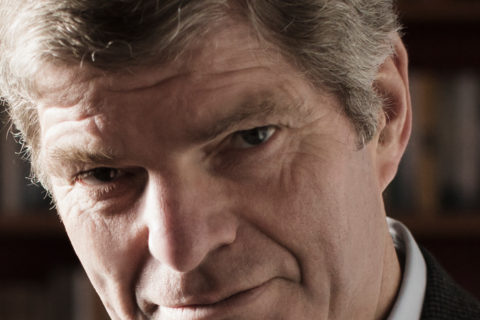
Best-Selling Author
Topic:
‘My Darling Winston’: The Letters Between Winston Churchill and His Mother
David Lough read history at Oxford University (New College), where he won first class honors. Mr. Lough then had a long and fruitful career in finance, starting in Asia and investment banking, before founding a private banking business in 1988. Mr. Lough is a former member of the London Stock Exchange and Fellow of the Chartered Securities Institute. He returned to history in his retirement and coupled it with his experience in finance to write his first book, the best-seller No More Champagne: Churchill and His Money (2015). His new book, My Darling Winston: The Letters Between Winston Churchill and His Mother (October 2018), explores the unusual—and under-appreciated—relationship between Winston Churchill and his American mother, Jennie Jerome, as revealed by the private letters that they exchanged over a period of forty years.
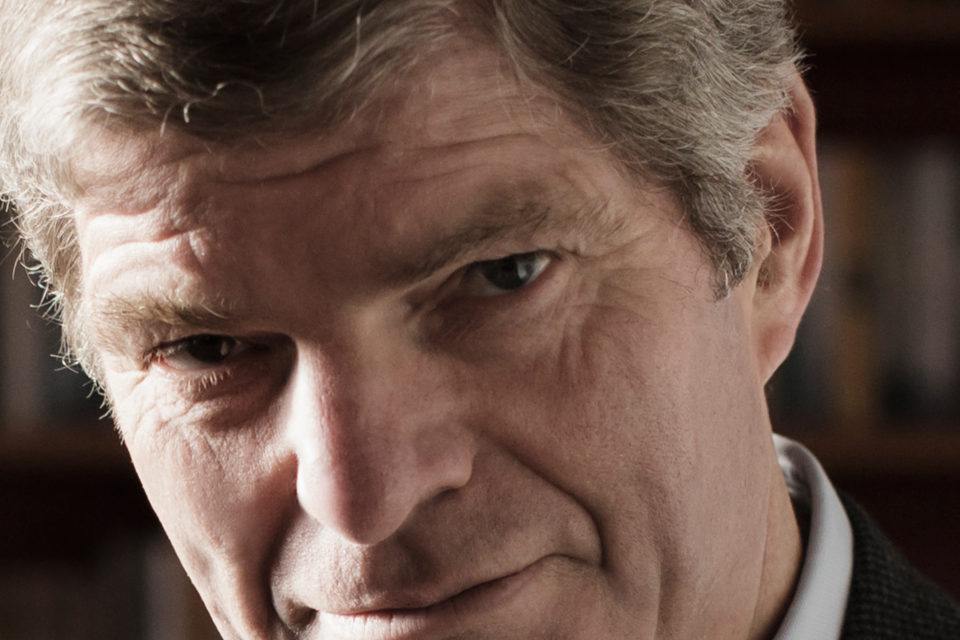
My Darling Winston
The Letters Between Winston Churchill and His Mother
“My pen wanders recklessly,” wrote Winston Churchill of the sparkling letters he exchanged with his mother, Jennie Jerome, over a period of 40 years. David Lough’s lecture, based on the first-ever edited selection of their correspondence, sheds new light on Churchill’s early emotional, intellectual and political development. Spanning from 1881 to1921, these missives follow Churchill’s life of adventure and political ambition, covering many milestones: his army service in India, time as a prisoner of war, election to Parliament, resignation after Gallipoli, and his return to politics in 1917.
His mother’s life, by contrast, follows a downward spiral: her second marriage founders and she becomes a lonely figure, moving forlornly around the country homes of her wealthy friends. Their letters disclose an intense relationship between a demanding mother and a difficult son, both gifted writers who reveal much about themselves and the time period. Churchill’s missives reveal his personality as a young child and a truculent teen, looking to his mother to fix everything—which she usually did. Jerome’s letters reveal a dynamic woman leveraging limited agency in a sexist society.
Brimming with gossip, name-dropping and chutzpah, and populated by an impressive cast of late Victorian and Edwardian characters, Mr. Lough’s lecture will enrich our understanding of Britain’s most celebrated statesman. He will offer poignant insights into Churchill’s relationship with the woman whose advice and loving encouragement set him on the path to power.
Make reservations for:
- Charleston, SC at The Charleston Library Society | Tuesday, May 14 | 6:30 p.m.
- Washington, DC at The National Churchill Library and Center | Wednesday, May 15 | 6:30 p.m.
- Boston, MA at The Boston Athenaeum | Thursday, May 16 | 6:00 p.m.
- Philadelphia, PA at The Union League of Philadelphia | Monday, May 20 | 6:30 p.m.
- New York, NY at The General Society Library | Wednesday, May 22 | 6:15 p.m.
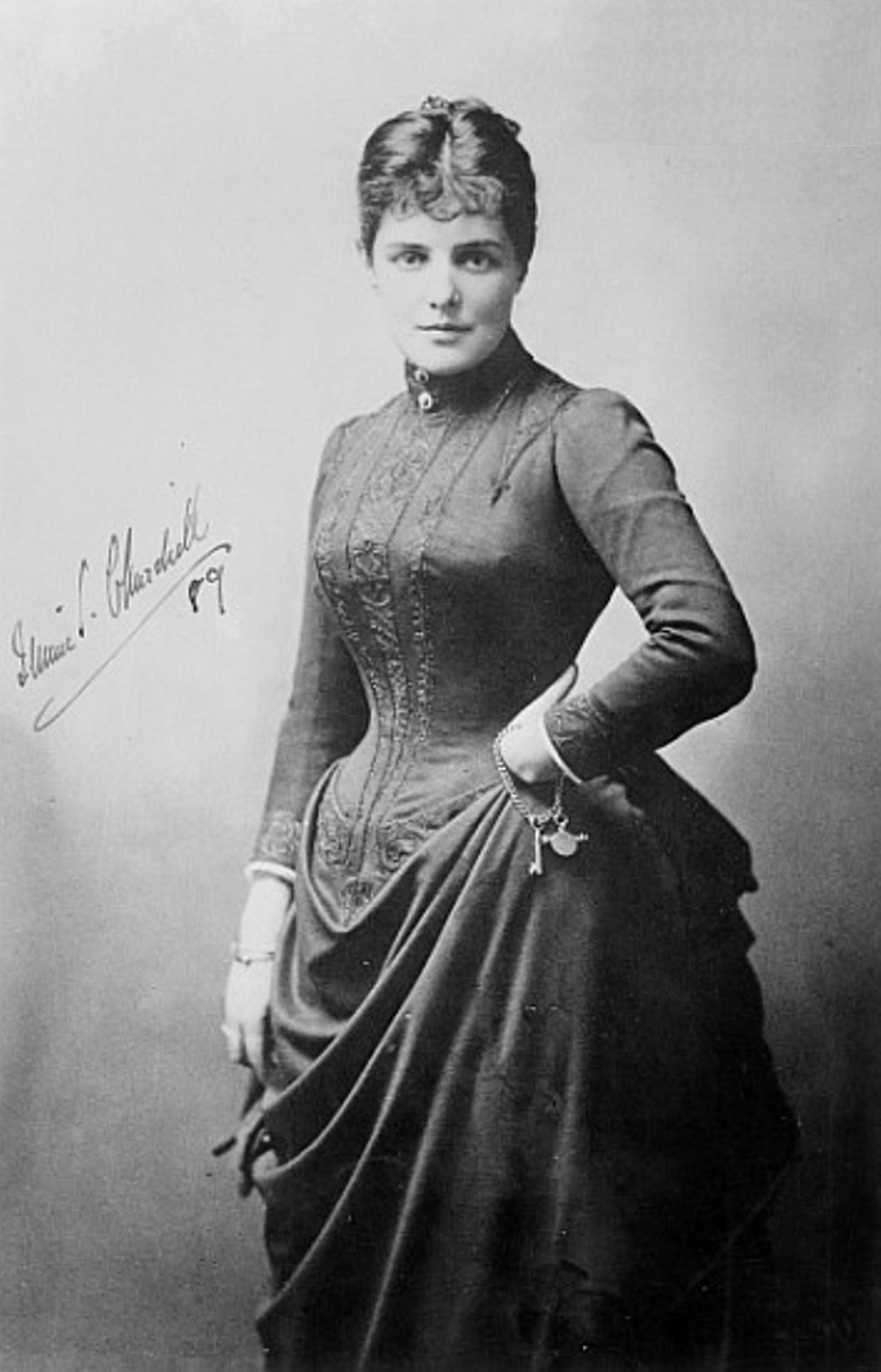
Lady Jennie Spencer-Churchill, 1889
Carl Raymond
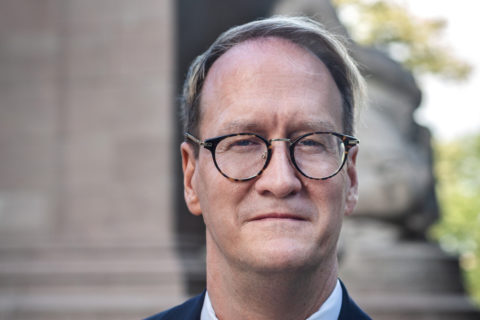
Food Historian, Writer & Lecturer
Topic:
From Dickens to Downton: Victorian and Edwardian Food
Carl Raymond is a food historian, writer and museum educator. He has worked at the Merchant’s House Museum as well as King Manor Museum in education and programming. Carl trained at French Culinary Institute as well as the Institute for Culinary Education and holds a diploma in Culinary Arts. He has taught recreational cooking classes throughout New York City and has lectured on food history for the Merchant’s House Museum, the National Arts Club, the Metropolitan Opera Guild, St. George’s Society, Historic Royal Palaces and the English Speaking Union. He was a contributing writer on SAVORING GOTHAM: A Food Lover’s Companion to New York City (Oxford University Press) and is at work on his own book, a culinary history of the Gilded Age.
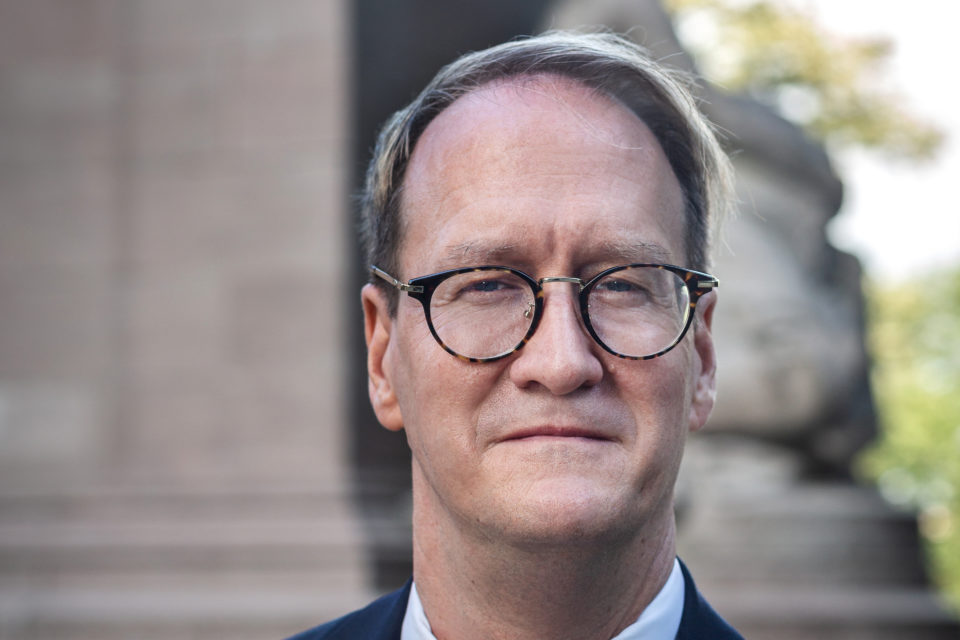
From Dickens to Downton
Victorian and Edwardian Food
From Dickens to Downton: Victorian and Edwardian Food is a journey through British food and dining traditions from the mid-19th century through the early part of the 20th century. Beginning with a look at food references in the work of Charles Dickens, which helped establish some of Britain’s most cherished culinary traditions, the talk will continue all the way through to the world of great town and country houses known to lovers of Downton Abbey and Upstairs Downstairs. This talk will take a look at dining tables both upstairs and downstairs, as well as inside and outside the house, including some National Trust properties such as Petworth House and Standen House.
Carl Raymond, food historian, writer and lecturer, will lead the audience on an illustrated tour of some of the classic dishes of the Victorian and Edwardian periods. He will also discuss their background, how they were prepared, and how they were served. He will talk about cultural and social trends, and influences, that affected eating and entertaining from the Industrial Revolution to the beginning of World War I.
Make reservations for:
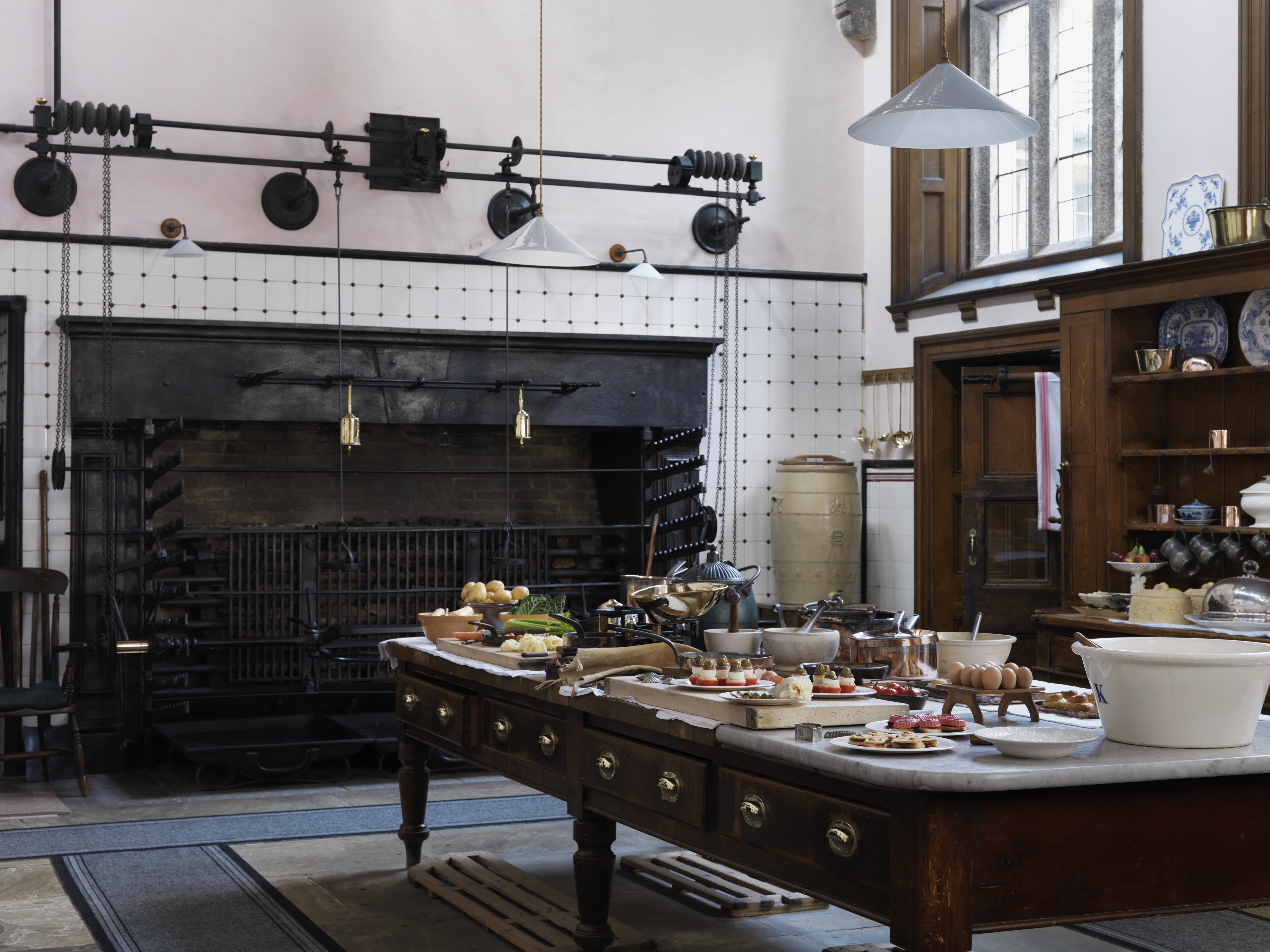
The Kitchen looking towards the roasting spits and fire at Lanhydrock, Cornwall ©National Trust Images Andreas von Einsiedel
Sonia Purnell
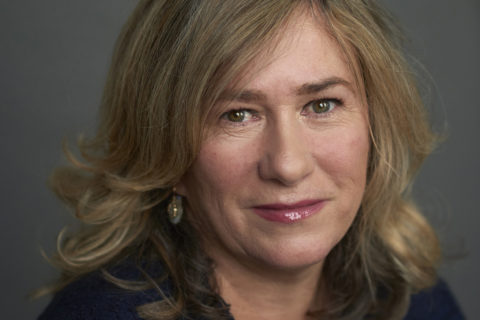
Best-Selling Author
Topic:
A Woman of No Importance: The Spy Who Helped Win WWII
Sonia Purnell is an acclaimed biographer and journalist who has worked for The Daily Mail, The Sunday Times, and The Guardian. Her book Clementine: The Life of Mrs. Winston Churchill (published as First Lady in the UK) was chosen as a book of the year by The Daily Telegraph and The Independent, and was a finalist for the Plutarch Award. Her first book, Just Boris, was longlisted for the Orwell prize. Her latest book, A Woman of No Importance: The Untold Story of the American Spy Who Helped Win World War II will be published in April 2019. The book is currently in development at Paramount Pictures and slated to star English actress Daisy Ridley known for her recent role in Star Wars: The Force Awakens.
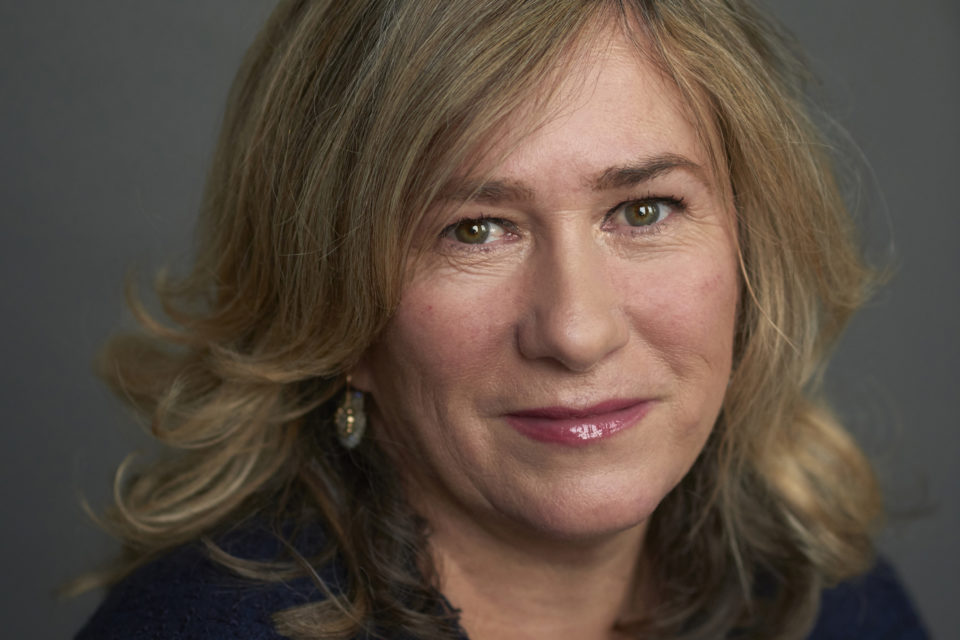
A Woman of No Importance
The Spy Who Helped Win WWII
In 1942, the Gestapo sent out an urgent command: “She is the most dangerous of all Allied spies. We must find and destroy her.” This spy was Virginia Hall, a young socialite from Baltimore, who, after being rejected from the Foreign Service because of her gender and prosthetic leg, talked her way into the SOE, the WWII British spy organization dubbed Churchill’s “ministry of ungentlemanly warfare.” Hall, known as the “Madonna of the Resistance,” was one of the greatest spies in American and English history, yet her full story remains untold.
At a time when sending female secret agents into enemy territory was still strictly forbidden, Hall coordinated a network of spies to report on German troop movements, arranged equipment parachute drops for Resistance fighters, and recruited and trained guerrilla units to ambush enemy convoys and blow up bridges and railroads. Even as her face covered WANTED posters throughout Europe, she refused orders to evacuate. She finally escaped in a death-defying climb over of the Pyrenees into Spain, her cover blown, and her associates imprisoned or executed. But, she plunged back into the field with the American OSS secret service, directing partisan armies to back up the Allied forces landing at Normandy.
King George VI awarded her the OBE in 1943 and she received the Distinguished Service Cross from the US in 1946, the only American woman to receive this honor. Sonia Purnell will reveal the captivating story of a formidable, yet shockingly overlooked, heroine whose fierce persistence helped win a world war.
Make reservations for:
- Philadelphia, PA at The Union League of Philadelphia | Monday, April 8 | 6:30 p.m.
- New York, NY at The General Society Library | Wednesday, April 10 | 6:15 p.m.
- Boston, MA at The Boston Athenaeum | Thursday, April 11 | 6:00 p.m.
- Alexandria, VA at the Alexandria History Museum at The Lyceum | Friday, April 12 | 6:45 p.m.
- Los Angeles, CA at the Beverly Hills Women’s Club | Monday, April 15 | 7:15 p.m.
- La Jolla, CA at La Jolla Woman’s Club | Wednesday, April 17 | 6:30 p.m.
- San Francisco, CA at The Metropolitan Club | Thursday, April 18 | 6:30 p.m.
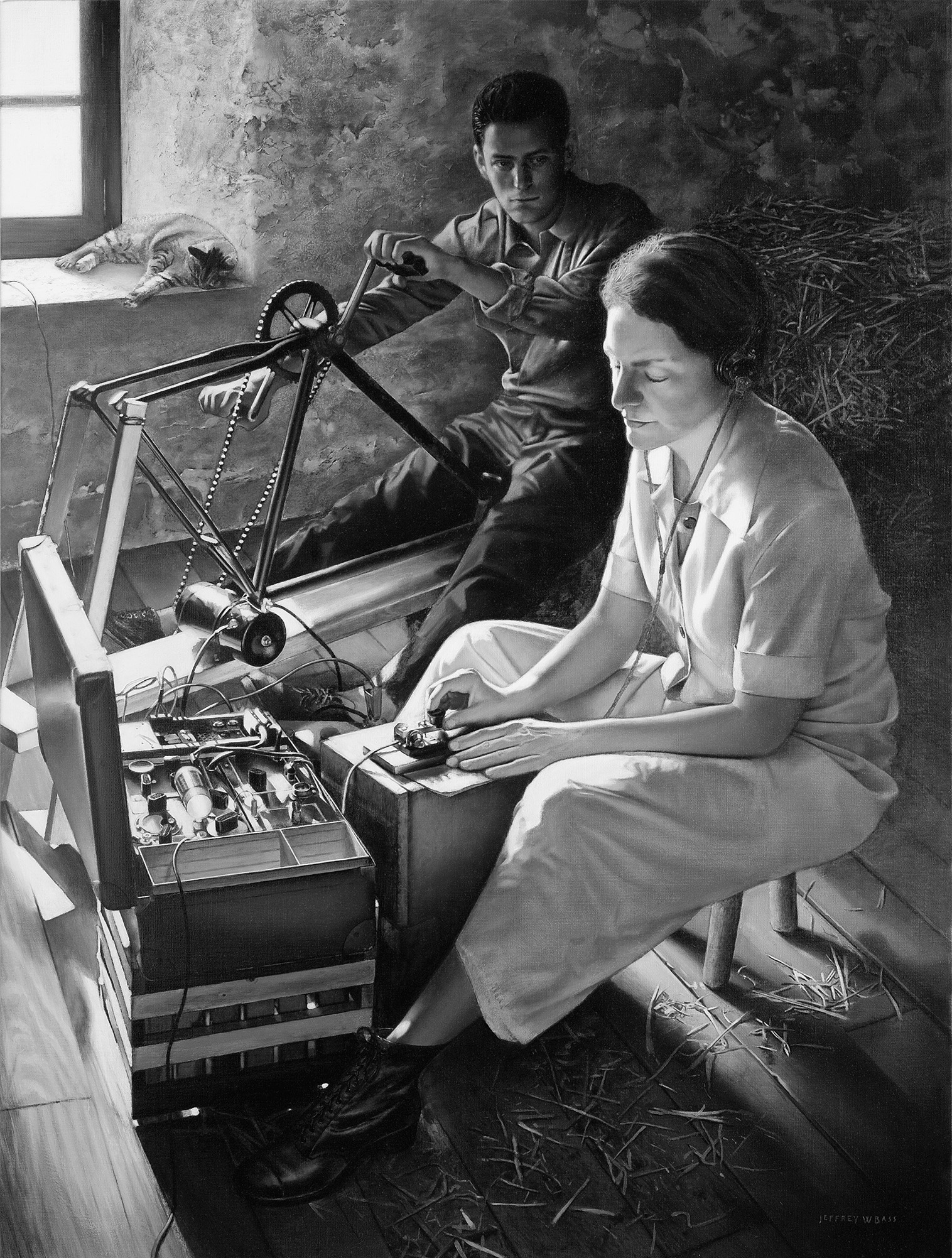
Jeffrey W. Bass, Les Marguerites Fleuriront ce Soir, 2006. The Central Intelligence Agency. ©Jeffrey Bass
Judith B. Tankard
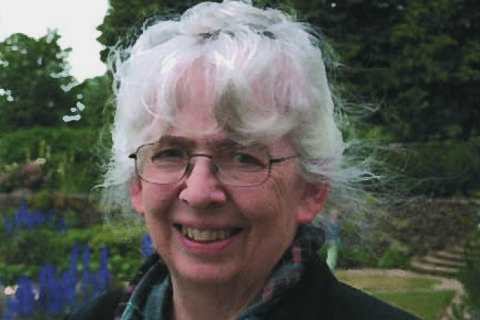
Garden Historian & Author
Topic:
A Sense of Harmony: Gardens of the Arts & Crafts Movement
Judith B. Tankard is a landscape historian, award-winning author, and preservation consultant. She is the author or coauthor of 10 books on landscape history and has received book awards from the Garden Writers Association, Historic New England and the American Horticultural Society. She taught at the Landscape Institute of Harvard University for more than twenty years. A popular lecturer in the United States and Britain, Judith is a frequent speaker at conferences devoted to the preservation of historic landscapes.
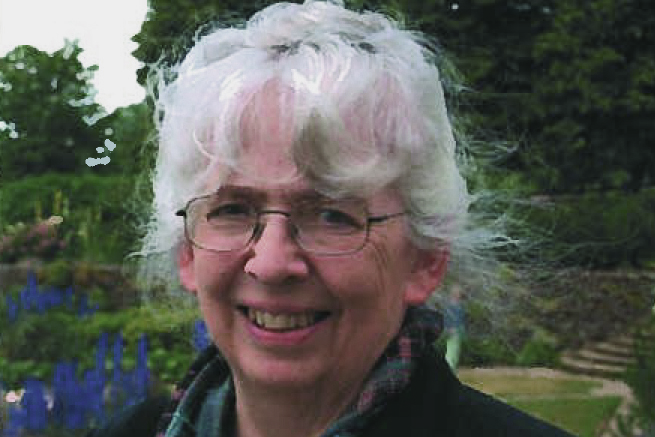
A Sense of Harmony
Gardens of the Arts & Crafts Movement
English gardens from the Arts & Crafts era are jewels of early 20th-century design. Part of the same design movement that flourished in Europe and North America between 1880 and 1920, these gardens emphasized medieval and romantic styles. Designed on an intimate scale, they blurred the distinction between indoors and outdoors and emphasized the symbiotic nature of the house and garden as a unified landscape.
Many contain a series of distinct outdoor “rooms” often delineated by hedges and embellished with whimsical topiary. Most had lavish plantings of perennials, ornamental shrubs, bulbs and annuals—all massed for color, textural effect and seasonal impact. Small structures, such as pergolas, arbors, sundials and other traditional ornaments produced storybook-like gardens that referenced Old English manor house surroundings of the 17th century.
In this illustrated lecture, Judith Tankard will give insight into the minds of the movement’s creative giants such as William Morris and Gertrude Jekyll, as well as lesser known designers such as Avray Tipping, Thomas Mawson, and Robert Lorimer. She will illustrate gorgeous National Trust gardens such as Hidcote, Standen, Snowshill Manor, Red House and Kellie Castle, among others, and give visual tours of other stunning gardens, such as Hestercombe, Great Dixter, Gravetye Manor and Munstead Wood. Tankard will show how these English models created a lasting impact on gardens across the pond, as American designers took inspiration from their British contemporaries.
Make reservations for:
- New York, NY at The General Society Library | Monday, April 1 | 6:15 p.m.
- Charleston, SC at The Charleston Gaillard Center | Tuesday, April 23 | 6:30 p.m.
- Chicago, IL at The Chicago Architecture Center | Wednesday, May 8 | 6:30 p.m.
- Philadelphia, PA at The Union League of Philadelphia | Tuesday, May 14 | 6:30 p.m.
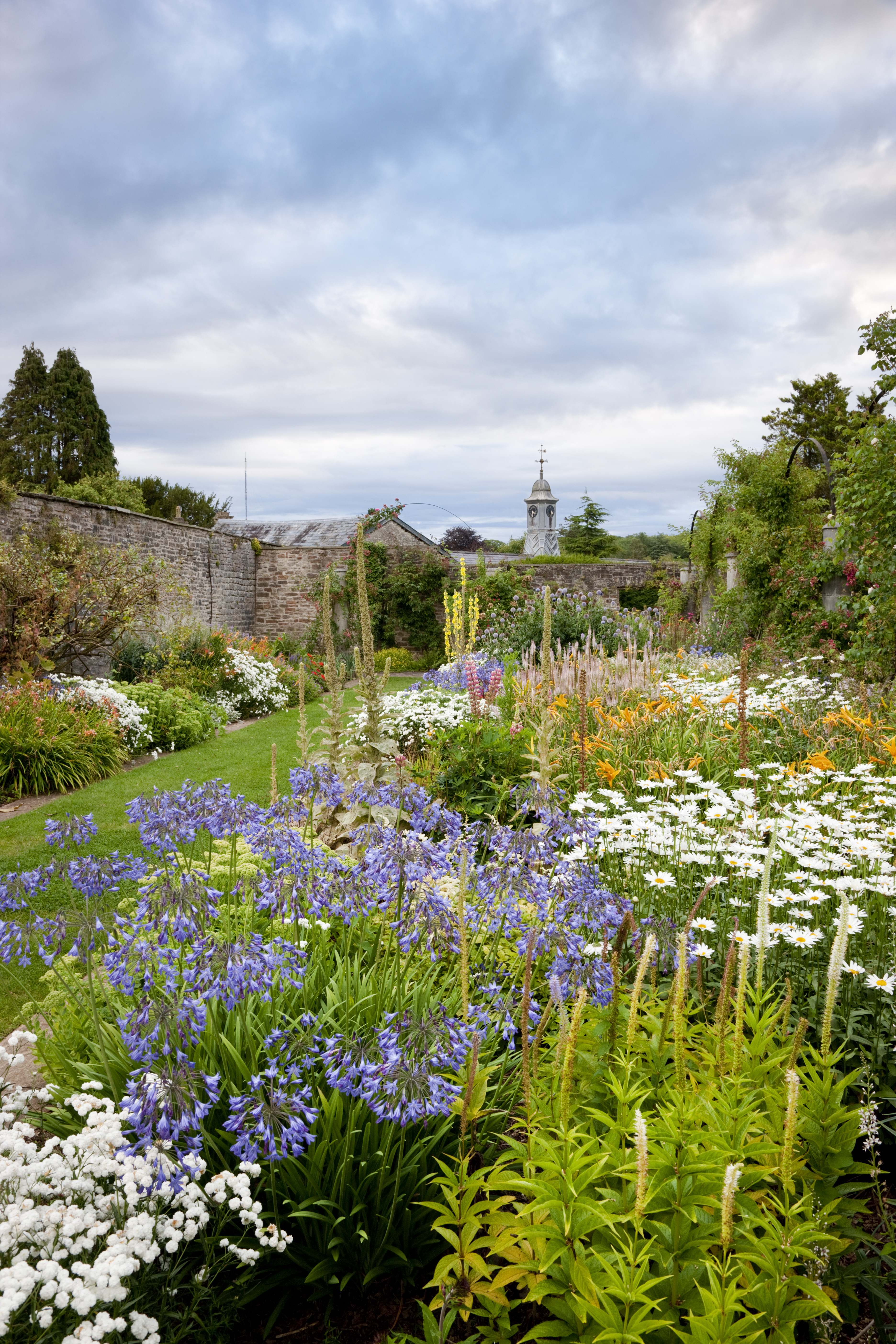
The Herbaceous Border in July at Dyffryn Gardens, Vale of Glamorgan. ©National Trust Images/Andrew Butler
Adrian Tinniswood, OBE

British Historian & Author
Topic:
Behind the Throne: A Domestic History of the British Royal Household
Adrian Tinniswood studied English and Philosophy at Southampton University and was awarded an MPhil at Leicester University. He has acted as a consultant to the National Trust and the Heritage Lottery Fund. He is a Senior Research Fellow in History at the Universuty of Buckingham. He has lectured at several universities in both the United Kingdom and United States, including the University of Oxford and the University of California, Berkeley. He is the author of 15 books on architectural and social history including By Permission of Heaven: The True Story of the Great Fire of London, The Verneys, Pirates of Barbary, and The Long Weekend: Life in the English Country House Between the Wars. His latest book on which his lecture is base is Behind the Throne: A Domestic History of the Royal Household (2018). Tinniswood was appointed Officer of the Order of the British Empire (OBE) in the 2013 Birthday Honours for services to heritage.

Behind the Throne
A Domestic History of the British Royal Household
Despite the castles, crown jewels, and other trappings of monarchy, English royals had—and still have—many of the same issues as average people. They eat, entertain their friends and worry about money. Henry VIII tripped over his dogs. George II threw his son out of the house. James I had to cut back on his alcohol bills. Queen Victoria replaced the toilet paper with newsprint at Windsor to cut costs, while overspending on travel and entertainment.
The great difference, however, is that royal families have much more domestic help—people who run the machine that is the Royal Household. Everyone, from James I’s Master of the Horse down to William IV’s Assistant Table Decker, was there to smooth the sovereign’s path through life. Even today, Elizabeth II has a staff of 1,200.
In his lecture, historian Adrian Tinniswood will uncover the reality of five centuries of life at the English court, taking us on a remarkable journey from one Queen Elizabeth to another. He will reconstruct life behind the throne—telling juicy domestic details—and will illustrate the daily lives of both clerks and courtiers, crowned heads and court jesters.
Adrian will describe the power struggles and petty rivalries that have historically dominated court politics. He will also talk about the shifting idea of the monarchy today, and how their support network still serves as an interface between sovereign and the public. His witty social history of royal life will offer a tour of England’s grandest households while commenting on the ever present tension between the upstairs throne room and downstairs servant’s area.
Make reservations for:
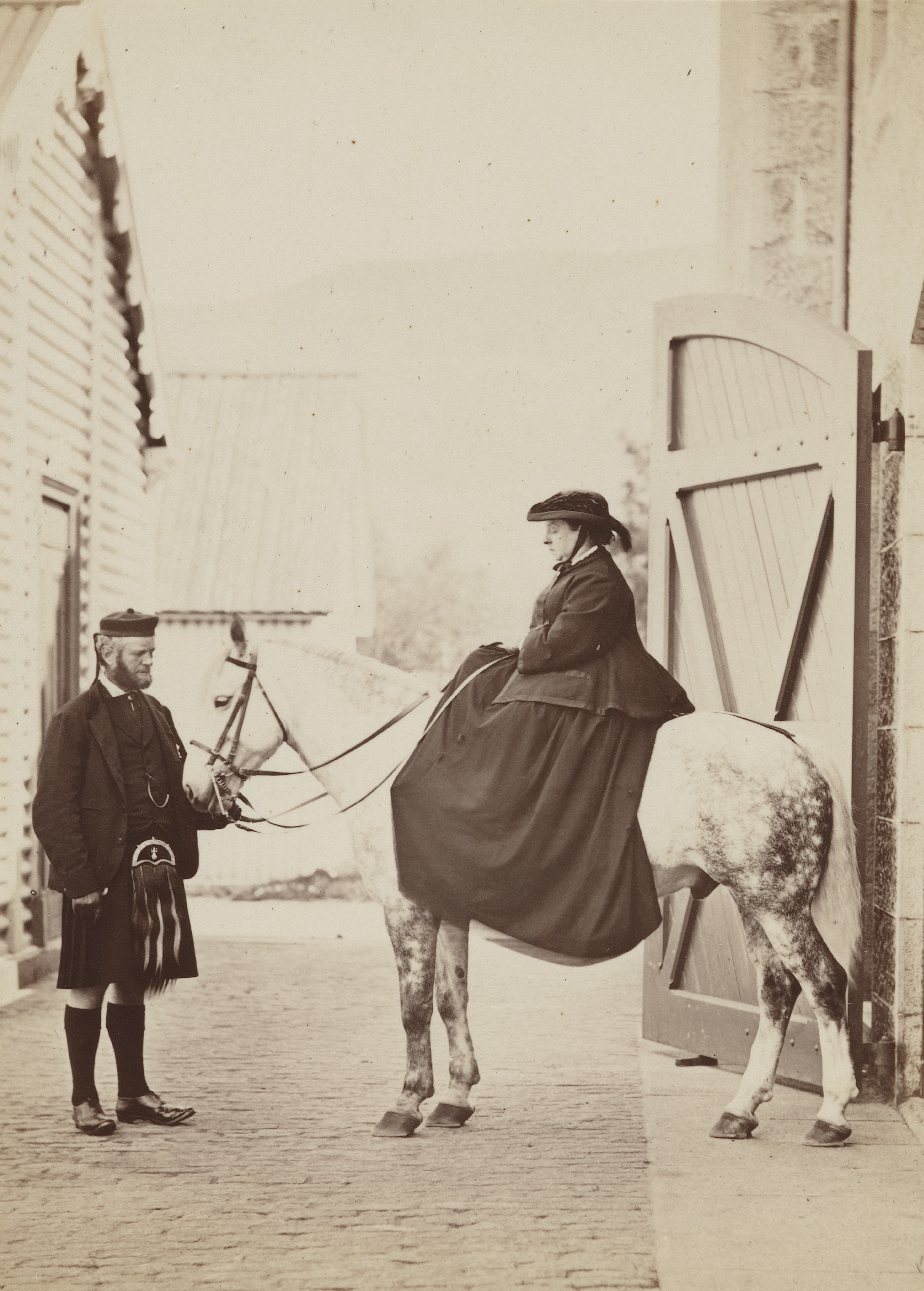
John Brown and Queen Victoria, 1868 © National Portrait Gallery, London



